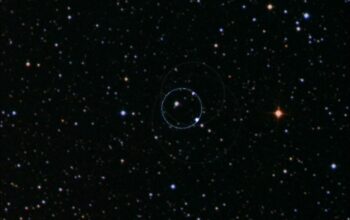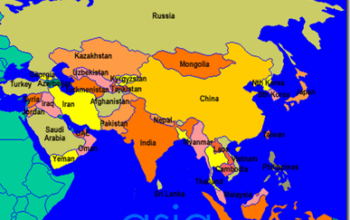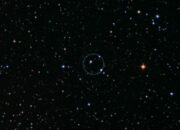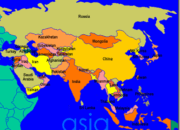As humanity gazes into the vast expanse of the universe, one may ponder: How do we reconcile the imaginative constructs of cosmological models with the intricate marvels of empirical observation? This question not only challenges our understanding of the cosmos but also highlights an evolving dynamic between theoretical physics and precision measurement. In this discourse, we will navigate the intricate tapestry of cosmological models, their advancement, and the implications of these upgrades on our comprehension of the universe.
The cosmos has long been a subject of philosophical and scientific curiosity. Early models, inspired by geometrical interpretations, painted a relatively simplistic picture of the universe. However, the advent of the Big Bang theory catalyzed a paradigm shift, infusing dynamism into cosmology. With this model, the universe was conceptualized as an expanding entity originating from a singularity. The narrative of cosmic evolution began to take shape, prompting further inquiry into the underlying mechanics.
In the face of observational advancements, particularly from the likes of the Hubble Space Telescope and more recent missions like the James Webb Space Telescope, cosmological models have undergone significant refinements. These tools have enabled us to glean unprecedented insights into the cosmos, ushering a new era where precision meets theoretical constructs. What happens, then, when new observational data challenges established models? This interplay between observation and theory serves as a vital crucible for the advancement of cosmological knowledge.
One of the principal advancements in cosmology comes from the nascent understanding of dark matter and dark energy. For decades, the majority of the universe’s composition remained elusive—comprising approximately 84% dark matter and 68% dark energy—components that, despite their dominance, do not emit or absorb light, making them notoriously difficult to detect. Recent cosmological models have become increasingly intricate, incorporating the substantial effects of these elusive components. The Lambda Cold Dark Matter (ΛCDM) model represents the current standard paradigm, symbolizing a synthesis of observational evidence and theoretical frameworks.
Nevertheless, this upgraded model is not devoid of controversy. While it admirably aligns with multiple observations, challenges persist. Cosmic Microwave Background (CMB) anisotropies and supernova observations yield data that occasionally raises eyebrows among cosmologists. Discrepancies in measurements of the Hubble constant, for instance, pose a formidable conundrum: Are we witnessing a subtle nuance of the universe’s structure, or does this herald a fundamental flaw in our current models? Such questions propel scientific inquiry forward, encouraging a reevaluation of our foundational assumptions.
Moreover, the emergence of alternative cosmological models has sparked debate within the scientific community. Theories such as Modified Newtonian Dynamics (MOND) and Pulled-Back Gravity, which challenge the dark matter hypothesis, are gaining traction. By proposing unique frameworks, these models strive to elucidate the phenomena that ΛCDM struggles to explain. Consequently, this dynamic fosters an environment of rigorous debate, wherein theories are continuously scrutinized and revised, promoting a culture of intellectual curiosity and systematic inquiry.
Additionally, the advent of precision cosmology has introduced exciting developments in gravitational wave astronomy, paving a new avenue for exploration. The detection of gravitational waves heralded by events such as the merger of binary black holes encapsulates the vibrant intersection of general relativity and cosmological models. As these phenomena are increasingly observed, they present a unique opportunity to test the fabric of our theoretical constructs against real-world data, thus providing an additional framework for validation.
The intricacy of cosmological models also extends to their implications for fundamental physics. Theories of inflation, the rapid expansion of the universe shortly after the Big Bang, introduce new parameters that require meticulous calibration. By deciphering the perturbations in the CMB, cosmologists can glean insights into the inflationary epoch and the initial conditions of our universe. As these models are refined, they increasingly shed light on the nature of spacetime and the potential interconnection between quantum mechanics and general relativity, an enigma that has confounded physicists for decades.
As we stand on the cusp of a new cosmological frontier, the playful question arises: What if the very fabric of the universe is more interwoven with our own existential inquiries than previously imagined? This proposition invites contemplation on the foundational nature of reality and our place within it. Are we merely observers of a cosmic ballet, or do we play an integral role in shaping the universe’s narrative?
In conclusion, the evolution of cosmological models is emblematic of a larger intellectual pursuit—a relentless journey toward understanding the universe’s complexities and mysteries. As precision measurement continues to challenge established theories, the dialogue between observation and interpretation remains pivotal. In this crucible of scientific exploration, the synergy between cosmological models and empirical data fosters a deeper understanding of our universe, inviting profound questions about existence and the uncharted territories that await our discovery.









